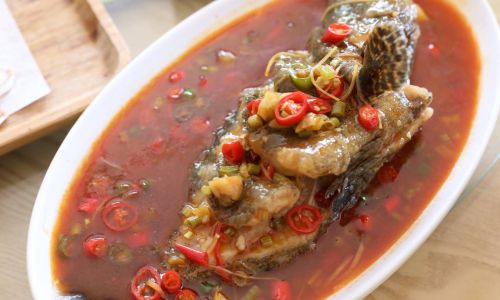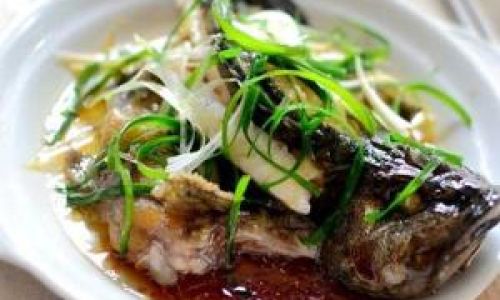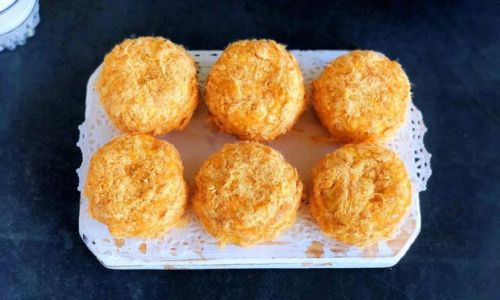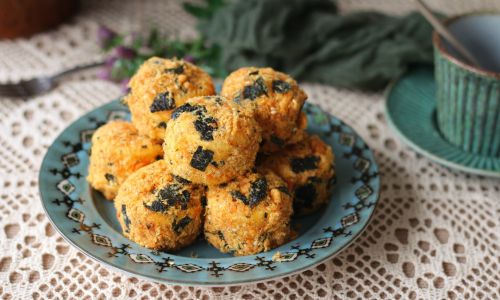In the vast tapestry of culinary traditions worldwide, few ingredients evoke as much intrigue and diversity as bamboo shoots. This versatile, nutritious, and sustainably sourced food item has been a staple in Asian diets for centuries, with its delicate flavor and crunchy texture enhancing dishes from stir-fries to soups. However, mastering the art of eating tender bamboo shoots involves more than just slicing and serving; it encompasses understanding the various types of bamboo, knowing how to prepare them properly, and appreciating their unique culinary attributes. This comprehensive guide will walk you through the journey of enjoying bamboo shoots at their best, from selecting the right shoots to preparing and cooking them to perfection.
Understanding Bamboo Varieties
Before diving into the preparation, it’s crucial to understand that not all bamboo is edible, and even among the edible species, there are varying degrees of tenderness and flavor. Broadly, bamboo shoots are categorized into two main types: winter shoots and spring shoots. Winter shoots, harvested during colder months, tend to be smaller, more tender, and have a sweeter taste. Spring shoots, on the other hand, are larger, with a slightly stronger flavor and a tendency to be more fibrous if not handled properly.
Within these categories, specific bamboo varieties like Moso bamboo (Phyllostachys edulis), which is widely cultivated in China, and Ma bamboo (Dendrocalamus asper), popular in Southeast Asia, are highly valued for their culinary qualities. Each variety brings its unique texture and taste profile, so experimenting with different types can greatly enrich your culinary experience.

Harvesting and Selecting Tender Shoots
The first step in enjoying tender bamboo shoots is to ensure you have access to fresh, high-quality shoots. Harvesting should ideally be done when the shoots are young and still enclosed within the sheaths, as this guarantees maximum tenderness. For home gardeners or those living in bamboo-rich areas, identifying the right time to harvest can be a matter of experience and observation. Look for shoots that are firm to the touch, with tight, green sheaths indicating freshness.
For those who rely on market-bought bamboo shoots, selecting the best ones involves checking for firmness, color, and scent. Avoid shoots that are soft, discolored, or have an off-putting odor, as these are signs of spoilage. Fresh bamboo shoots should have a slightly sweet aroma and a crisp texture when gently pressed.
Preparing Bamboo Shoots for Cooking
Once you’ve sourced your tender bamboo shoots, the next step is preparation. This process is crucial for removing bitterness, improving digestibility, and enhancing overall flavor. Here’s a step-by-step guide:
-
Peeling and Slicing: Begin by carefully removing the outer sheaths and any nodes. Use a sharp knife to peel away the tough outer layers until you reach the pale, tender inner flesh. Slice the shoots into desired shapes – thin strips, rounds, or matchsticks – depending on your recipe.
-
Parboiling: To further reduce bitterness and soften the fibers, parboil the sliced shoots in boiling water for about 5-10 minutes. This step also helps to preserve the vibrant green color of the shoots. After parboiling, rinse them under cold water to stop the cooking process and maintain their crispness.
-
Soaking: Some recipes recommend soaking bamboo shoots in water overnight, changing the water several times. This method is particularly effective for reducing bitterness in larger, older shoots. For a quicker alternative, you can soak them in water acidulated with a little vinegar or lemon juice for a few hours.
-
Blanching (Optional): For dishes requiring a very delicate texture, blanch the prepared shoots in boiling water again for a brief period, just until they turn bright green. This step is often followed by an immediate plunge into ice water to halt cooking and lock in the vibrant color and texture.
Cooking Tender Bamboo Shoots
With your bamboo shoots properly prepared, the sky’s the limit in terms of culinary creativity. Here are a few classic and innovative ways to incorporate them into your meals:
-
Stir-Fries: Bamboo shoots add a refreshing crunch to stir-fries. Pair them with vegetables like bell peppers, broccoli, and snap peas, along with a protein like chicken, shrimp, or tofu. Season with soy sauce, garlic, and ginger for a flavorful dish.

-
Soups and Stews: Their mild sweetness and ability to absorb flavors make bamboo shoots an excellent addition to soups and stews. Try adding them to miso soup, chicken noodle soup, or a hearty vegetable broth.
-
Pickles and Ferments: For a tangy twist, pickle bamboo shoots in a brine of vinegar, sugar, salt, and spices. Fermented bamboo shoots, though less common, offer a unique umami flavor that can elevate dishes like rice porridge or noodles.
-
Salads: Shredded bamboo shoots can be used in salads for a crunchy, refreshing element. Combine them with greens, nuts, seeds, and a light vinaigrette for a healthy and delicious meal.
-
Tempura: For a delightful fried treat, coat bamboo shoots in a light batter and deep-fry until golden brown. Serve them as a side dish or appetizer with a dipping sauce made from soy sauce and a touch of mirin.
Preserving the Art of Eating Tender Bamboo Shoots
As with any culinary tradition, preserving the art of eating tender bamboo shoots involves respecting its history, understanding its cultural significance, and continuing to innovate within its framework. By sharing recipes, techniques, and stories about bamboo shoots, we not only celebrate their culinary value but also contribute to the sustainability of bamboo forests, which are vital for biodiversity and carbon sequestration.
Moreover, exploring the diverse ways bamboo shoots can be enjoyed encourages a deeper appreciation for the versatility of plant-based ingredients and promotes a more sustainable diet. As the world increasingly turns its attention to sustainable food sources, bamboo shoots stand out as a nutritious, renewable, and delicious option.
In conclusion, mastering the art of eating tender bamboo shoots is a journey that begins with understanding the plant, meticulously preparing it, and creatively incorporating it into your meals. With each bite, you not only savor the delicate flavor and crunchy texture but also contribute to a culinary tradition rich in history, culture, and sustainability. So, the next time you come across a bundle of fresh bamboo shoots, embrace the opportunity to explore this ancient and delightful ingredient, and let your culinary adventures begin.





0 comments